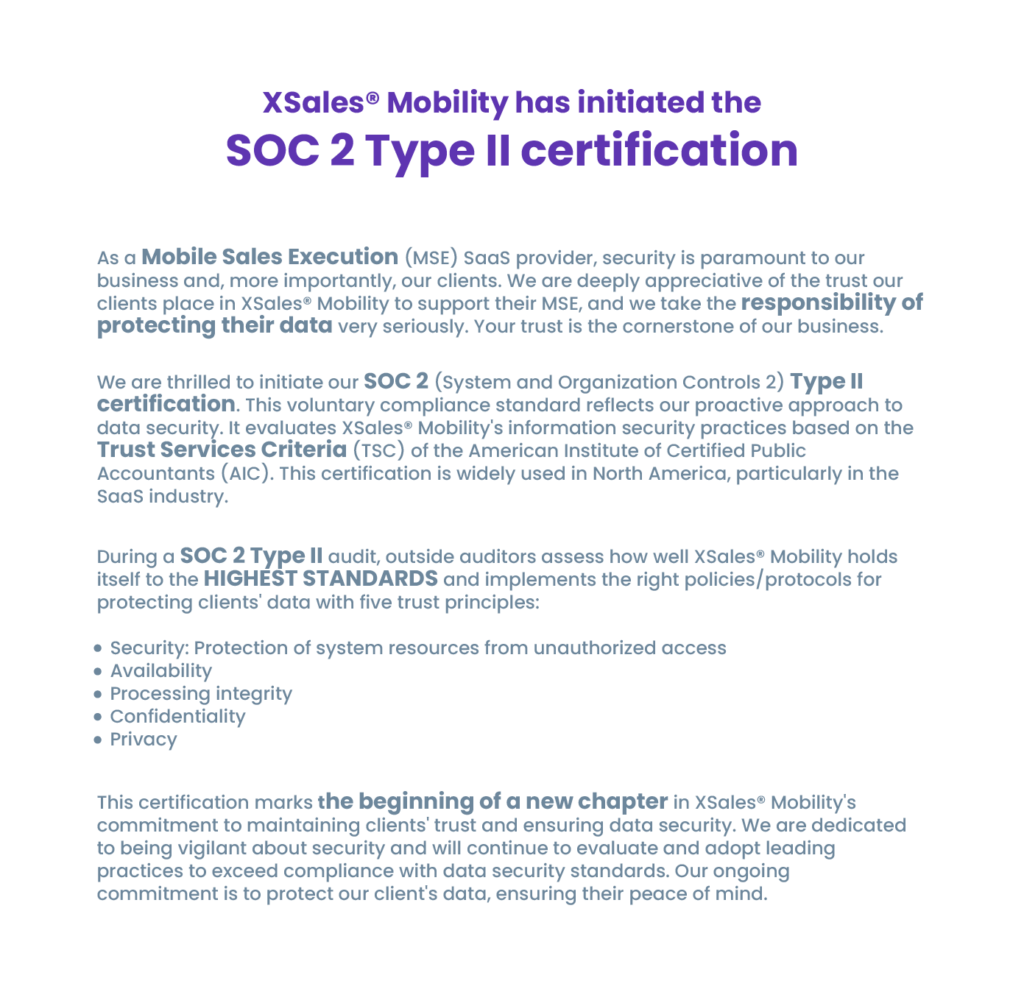Sales representatives are always outside the 4 walls, in fact, that’s the way they do their job, so being outside visiting customers and selling is good news, however, when it comes to internal communications being on the road makes them lose a lot.
Those who are part of a sales team, due to the nature of their work (mostly remote) do not have the opportunity to interact with their colleagues (sales representatives, marketing team or any other member of the different units of the company) and I’m not talking about socializing, I’m talking about the lack of opportunities they have to share insights about clients and their different approaches in order to create the best strategy to address their needs.
In addition to this, many companies tend to share relevant information by sending blanket communications through emails or printed newsletters and this is the worst way to reach employees (especially those in the field) who have little or no interaction with the back office.
Research shows that more than 85% of any company employees – regardless they are office based or field personnel – have a smartphone, so the idea is to tap into those devices to reach each individual and help them to be informed, connected and aligned with the business objectives.
This is extremely important because if employees do not get relevant information, they may not understand the reasons why certain decisions are made, that will make them less likely to get involved with new initiatives making these initiatives more likely to fail. It is a chain.
“A more connected workforce is a catalyst for improved business results”, Charong Chow.
With this in mind there are three variables to consider when it comes to effectively sharing information with your sales force and connecting them with the activity that takes place in the back office:
- You must gain their attention by putting the right information on their phones. Everything you share has to be easy to read, ready to take action and relevant to their interests and needs.
- You are in serious disadvantage compared to the countless notifications from social network, emails, chats and certainly entertained apps, so you must be witty to win this battle.
- You must put yourself in the middle of the employee and his phone. This is not an easy task since it requires a well-designed communication strategy that enters into the operational dynamics in a friendly and fluid manner, without disturbing the current workflow.
Fortunately, there is a simple way to achieve all this by obtaining (or developing) a corporate mobile application. Just make sure you set your goals before even think about implementing this solution and plan the best way to do it without affecting productivity.
Keep it simple:
On mobile, you will be competing to Instagram, Facebook, WhatsApp and its hundreds of notifications per day, so any message you need to send must be concise and clear, remember, every word counts! Forget about pages of scrolling, extensive articles and endless speeches and use instead 180 character messages in the best twitter style, microblogs and 30-seconds videos.
Customizing is key:
Not all messages serve all audiences at all times. This is the opportunity to implement your communication strategy. By sending direct messages to the people who need it at the moment they should receive it, you can boost your company’s performance at all levels. For example, keeping sales representatives informed about last-minute promotions, stock availability, price changes, pending invoices and much more, will positively impact the outcome of an operation. Even informing about the weather or traffic conditions on a vendor’s planned route can save him a lot of time and improve his performance.
See the opportunities
Most people are elusive when faced the idea of learning something new (even if it improves their quality of life in some way) because doing so can be exhausting and time consuming. By replacing the traditional classroom or the extensive online course with short informational chapters delivered periodically and directly to their phones, you can reinvent the concept of learning and help them complete the required training quickly, easily and entertainingly.
Bridge the gaps
A mobile application can establish a direct flow of information between two different areas of your company, allowing each one to function better and use that information to make smarter decisions. For example, sales, customer service and support employees work very close to clients, if there is a way in which their experiences can travel as information through a connective flow, this would help them respond to their needs and complaints faster and more accurately, ultimately resulting in a substantial improvement of satisfaction rates.
Changing can be difficult but if you focus on the possibilities and not the limitations, reaching your employees the way you want and should do, will no longer be a challenge.
You can start by identifying the most sensitive areas of your company and mapping the biggest weaknesses. Then set the goals that will strengthen these points – think about how you would talk to the representatives of those areas if reaching them is no longer a problem – finally, do a thorough research in the apps market to see if there is something already designed for your business and once you find it – or develop it – go for it.




